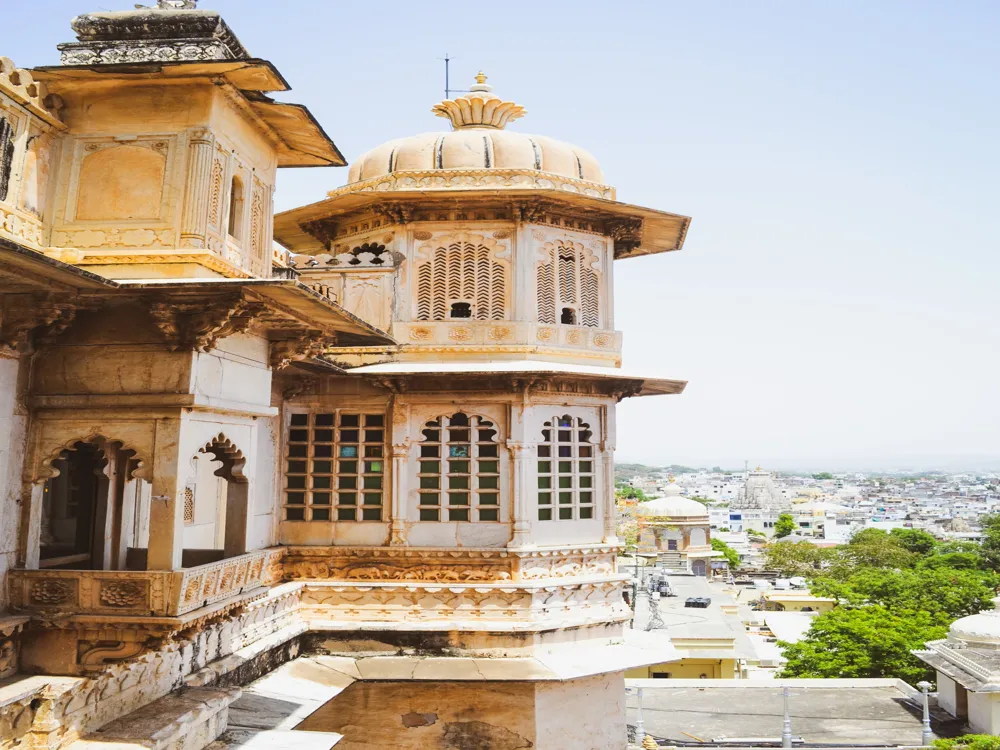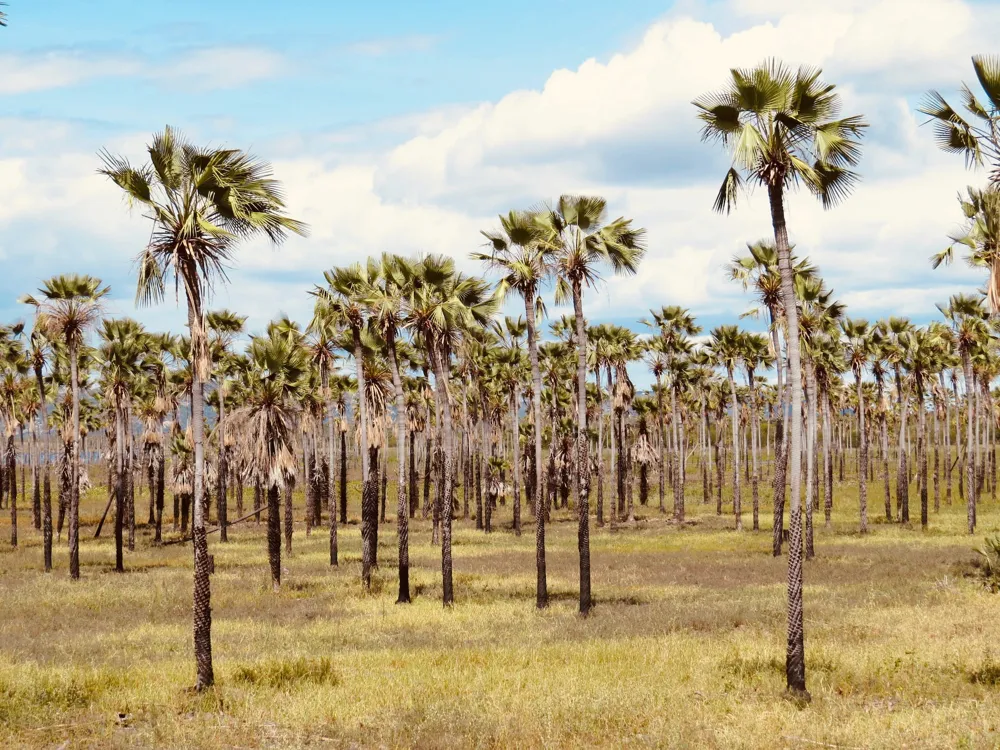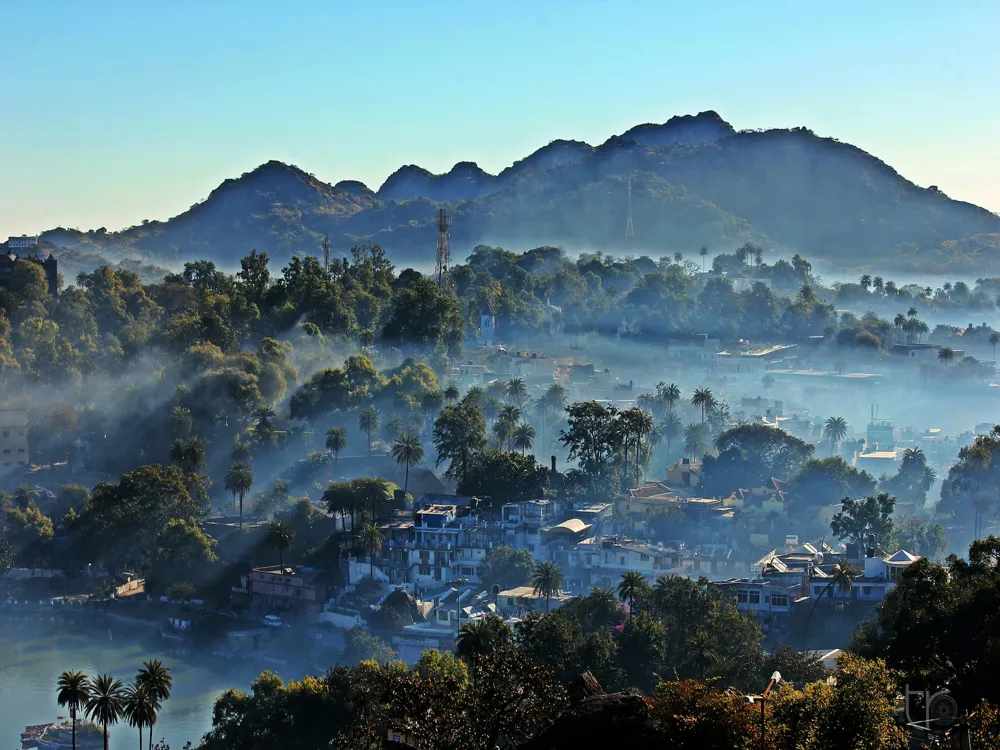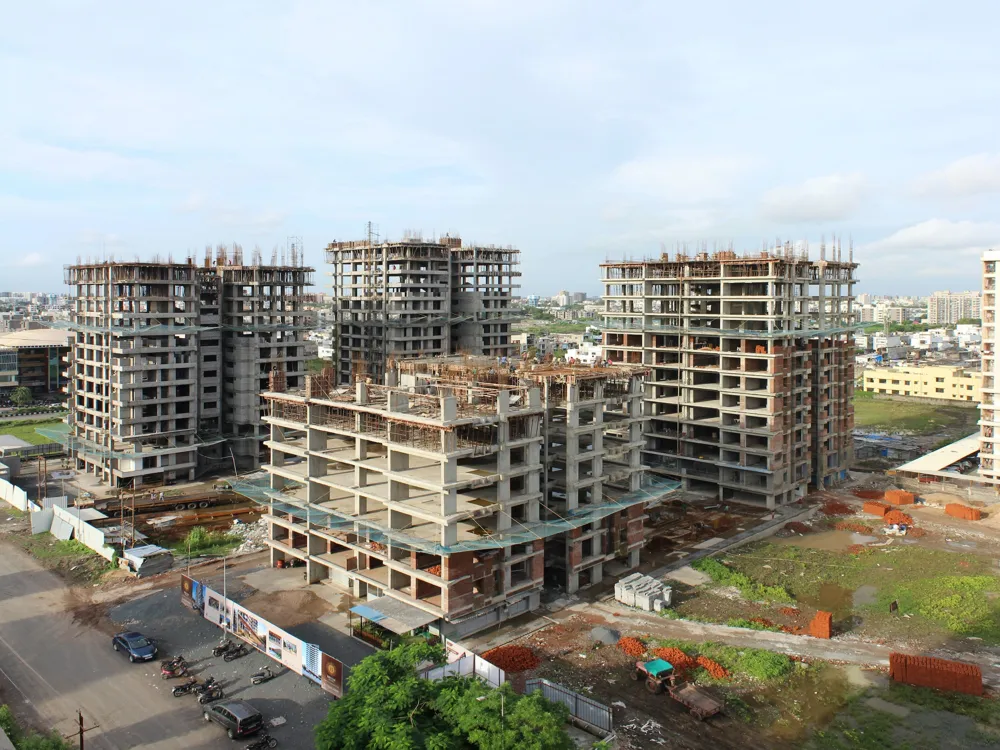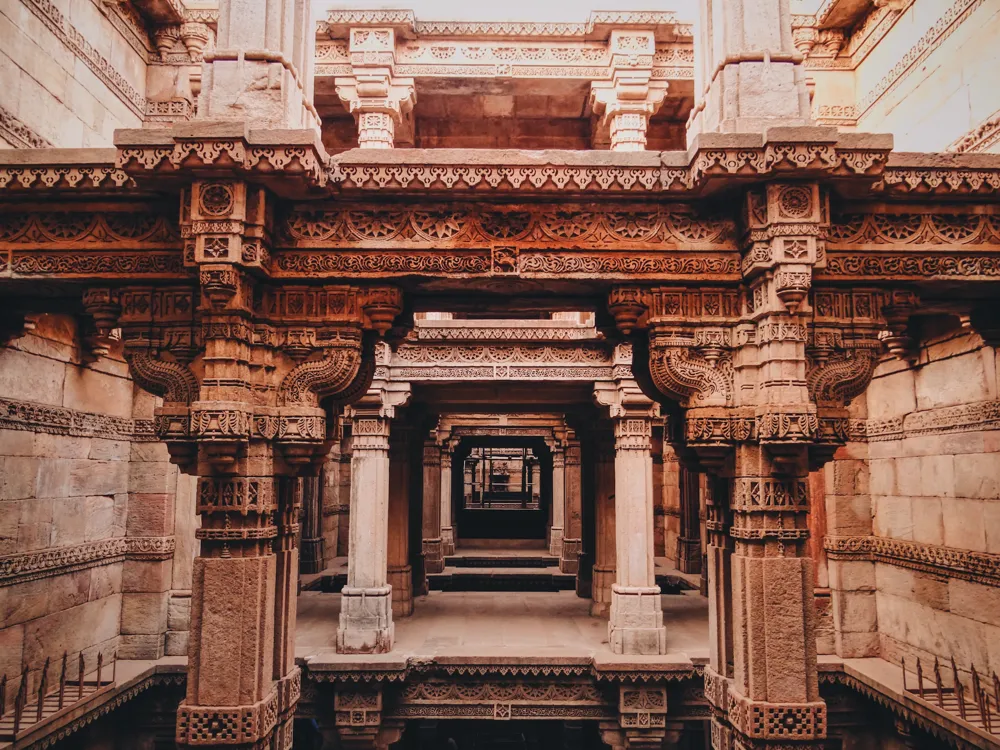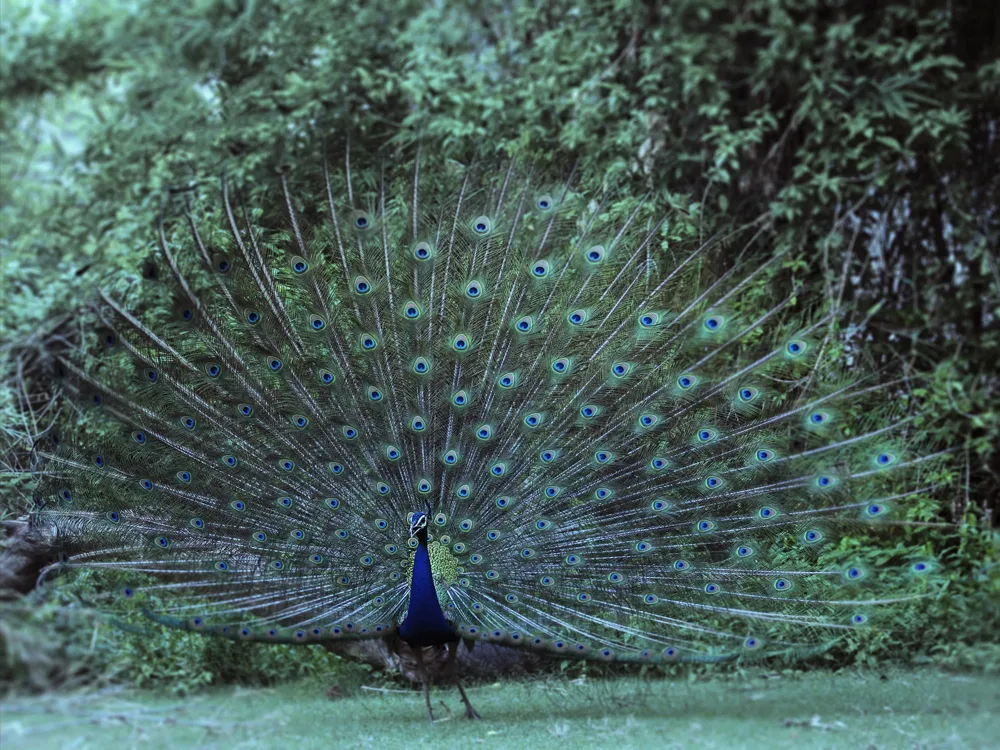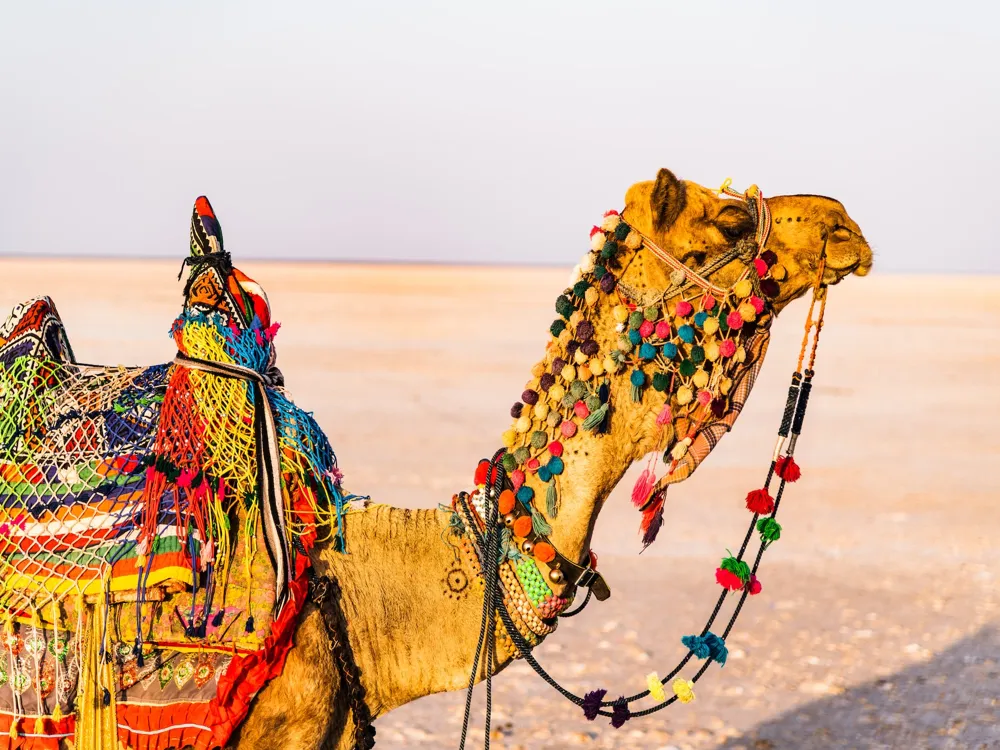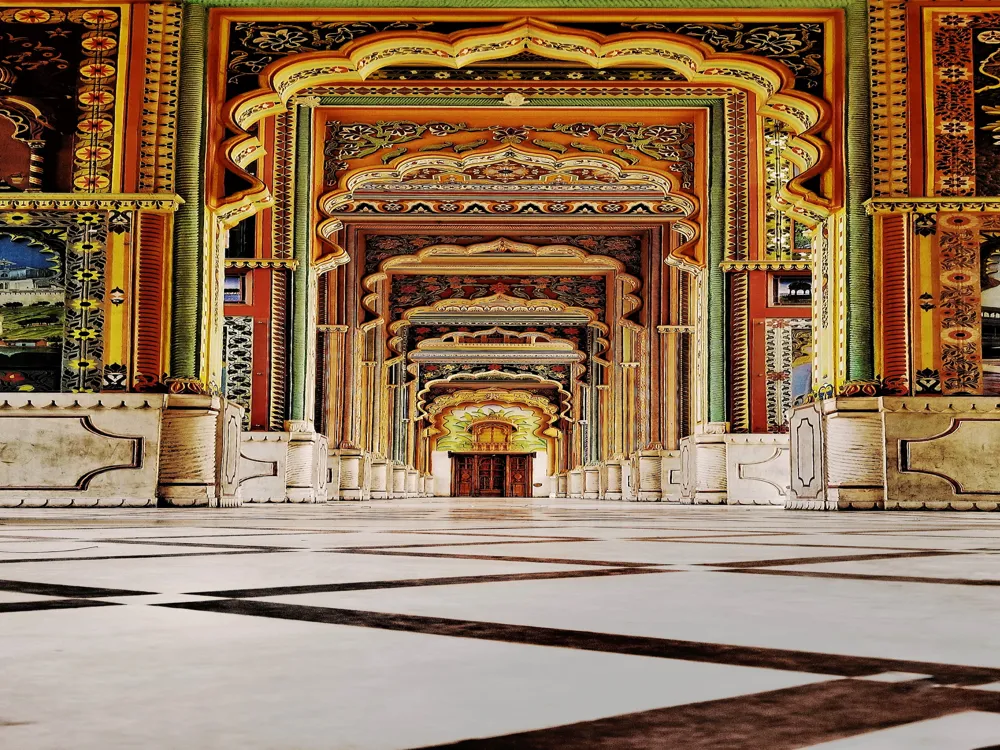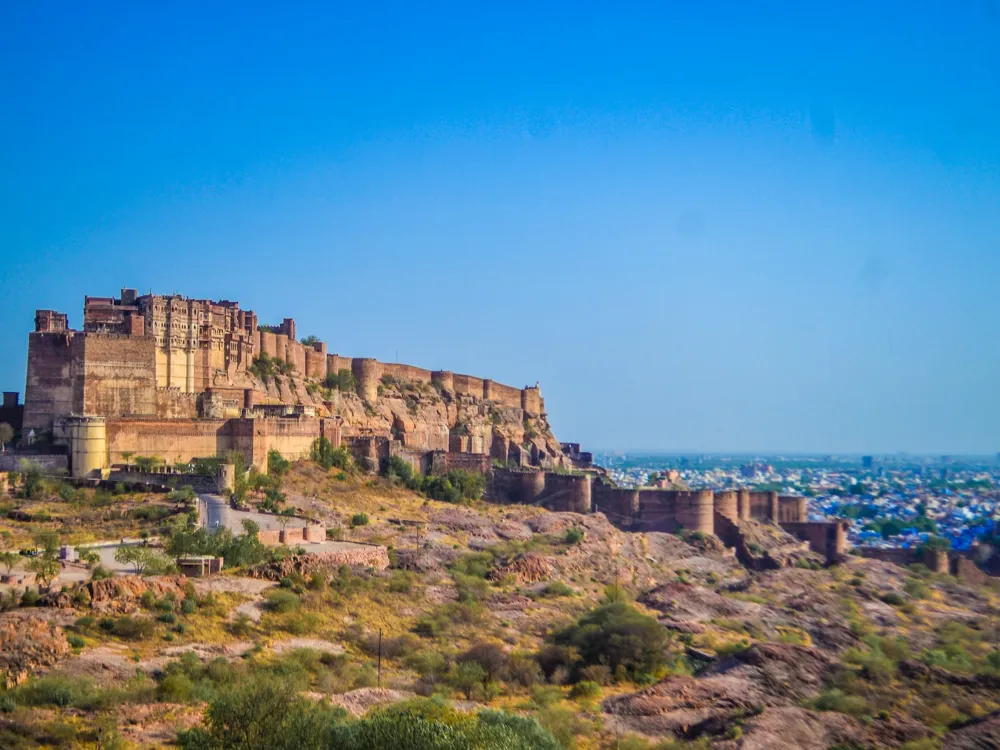Sahastralinga Talav, nestled in the historic city of Patan in Gujarat, India, is a remarkable example of ancient water management and architectural prowess. This ancient artificial water tank, dating back to the 11th century, was built under the patronage of King Siddharaj Jaisinh, a prominent ruler of the Solanki dynasty. The name 'Sahastralinga' translates to 'a thousand Shiva lingas', deriving from the multitude of Shiva temples that once lined its banks. However, what truly sets this tank apart is not just its religious significance but its sophisticated design that reflects the advanced understanding of hydraulics and architecture of the era. The Talav covers a sprawling area and was primarily used for water storage and management, catering to the needs of the then-thriving city of Patan. It was ingeniously designed to harness water from the nearby Saraswati River through a complex network of canals, ensuring a perennial supply. Over the centuries, Sahastralinga Talav has not only been a source of water but also a hub of cultural and religious activities, reflecting the social fabric of the time. Today, it stands as a testament to the architectural ingenuity of ancient India, drawing historians, architects, and tourists from across the globe. Its significance extends beyond mere utility; it is a symbol of the harmonious blend of spirituality, culture, and science in ancient Indian societies. The Talav's design, deeply embedded in the ethos of Hindu cosmology and the Solanki dynasty's architectural style, makes it a unique and fascinating site for visitors worldwide. The architecture of Sahastralinga Talav is a brilliant confluence of functionality and aesthetics, a hallmark of Solanki-era constructions. The Talav was designed as a vast rectangular basin, measuring approximately 5 km in circumference. Its banks were fortified with intricately carved stone steps, known as 'ghats', which led down to the water, allowing easy access for various purposes, ranging from daily chores to religious rituals. One of the most striking features of Sahastralinga Talav is its advanced water management system. The engineers of the time developed an intricate network of channels and sluices that controlled the flow of water into and out of the tank. This system not only regulated the water level in the tank but also ensured that the water remained fresh and usable for longer periods. Furthermore, the Talav featured an ingenious method of filtration, employing sand and gravel to purify the water, a technique ahead of its time. The religious significance of the Talav is evident in the numerous shrines and temples that once dotted its periphery. These structures were architectural marvels in themselves, showcasing the exquisite craftsmanship of the Solanki artisans. The carvings and sculptures on these temples depicted various deities, mythological scenes, and motifs, reflecting the deep spiritual connection of the era. Unfortunately, time and natural calamities have taken their toll on Sahastralinga Talav. Many of the original structures and sculptures have been lost or damaged. However, the remnants that survive offer a glimpse into the grandeur and sophistication of Solanki architecture. Restoration efforts have been undertaken to preserve this historical site, ensuring that its legacy continues for future generations. The ideal time to visit Sahastralinga Talav is between October and March. During these months, the weather in Patan is pleasant, making it conducive for exploring the site. Summers in Gujarat can be extremely hot, and monsoons might make the area around the Talav slippery and inaccessible. When visiting the Talav, it's recommended to dress modestly, keeping in mind the site's religious significance. Comfortable walking shoes are a must as you'll need to walk around the expansive site, and some areas might require climbing steps. Opting for a guided tour can enhance your experience as the guides are well-versed in the history and architecture of Sahastralinga Talav. They can provide insights that are not easily available in guidebooks or signboards. Photography is allowed at Sahastralinga Talav, and it's a great opportunity to capture the architectural beauty of the site. However, it's important to respect the site's sanctity and avoid photographing any ongoing religious rituals without permission. Sahastralinga Talav, located in Patan, is well-connected by road and rail. The nearest airport is in Ahmedabad, which is about 125 kilometers away. From Ahmedabad, you can hire a taxi or take a bus to Patan. If you prefer trains, Patan has its railway station, and the Talav is a short drive from the station. Local transport within Patan, such as auto-rickshaws and buses, can easily take you to the Talav. For those driving from nearby cities, well-maintained roads ensure a comfortable journey to this historic site. Read More:Overview of Sahastralinga Talav, Patan, Gujarat
Architecture of Sahastralinga Talav
Tips When Visiting Sahastralinga Talav
Best Time to Visit
Dress Appropriately
Guided Tours
Photography
How To Reach Sahastralinga Talav
Sahastralinga Talav
Patan
Gujarat
NaN onwards
View patan Packages
Patan Travel Packages
View All Packages For Patan
Top Hotel Collections for Patan

Private Pool

Luxury Hotels

5-Star Hotels

Pet Friendly
Top Hotels Near Patan
Other Top Ranking Places In Patan
View All Places To Visit In patan
View patan Packages
Patan Travel Packages
View All Packages For Patan
Top Hotel Collections for Patan

Private Pool

Luxury Hotels

5-Star Hotels

Pet Friendly







